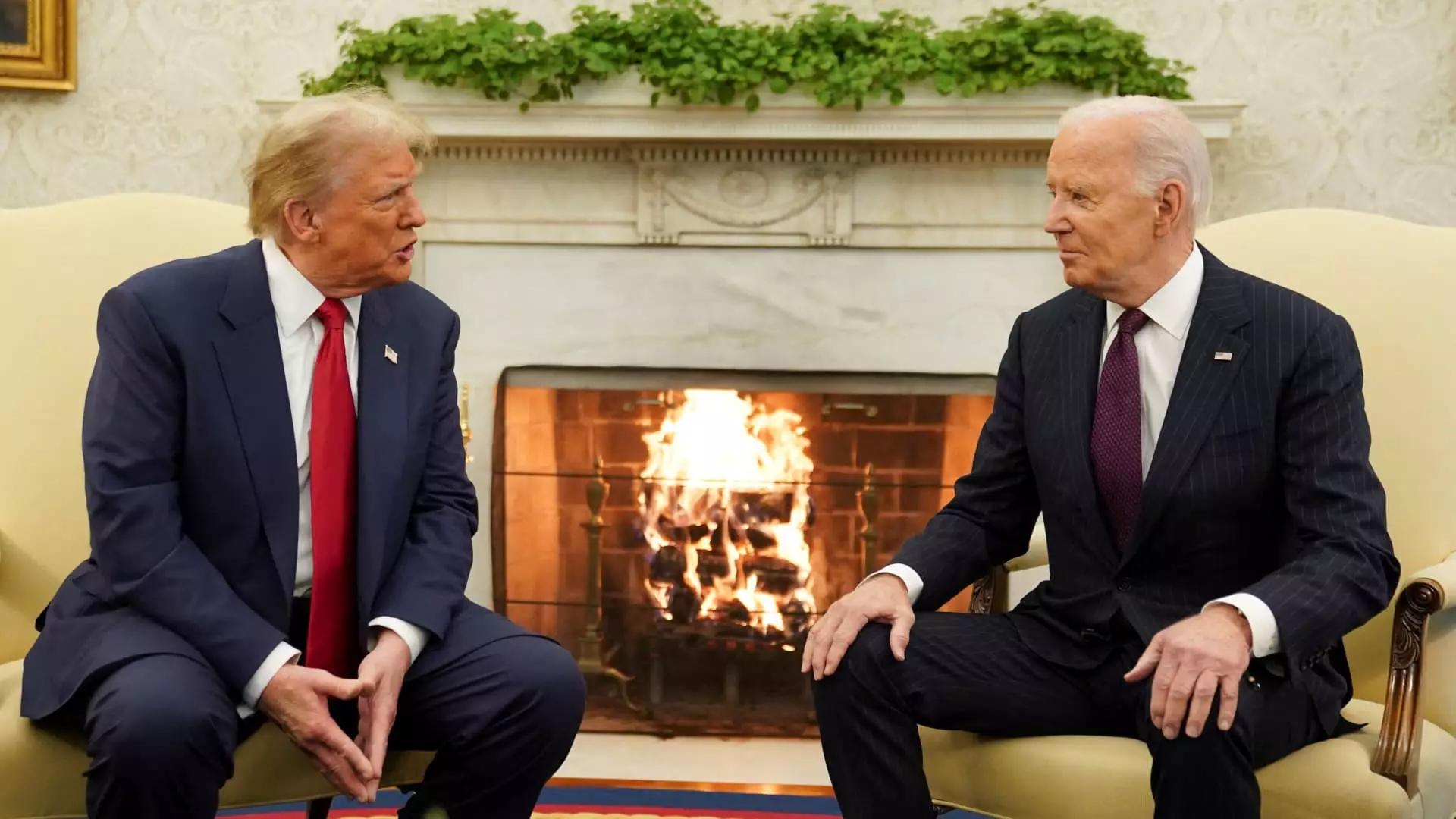In a striking embrace of continuity, the Trump administration announced that it would uphold the stringent merger guidelines established under the Biden administration. This unexpected decision, championed by Federal Trade Commission Chairman Andrew Ferguson and echoed in a memorandum from Omeed Assefi, the acting head of the Department of Justice’s antitrust division, suggests a departure from typical partisan shifts regarding corporate regulation. The guidelines, introduced in 2023 amidst a wave of populist sentiment, have largely stirred discontent among businesses eager for more permissive merger conditions.
The guidelines’ retention is seen as a triumph for the more radical, anti-corporate faction within the Trump administration, notably represented by Vice President JD Vance. Vance’s collaboration with Biden’s FTC chair, Lina Khan, underscores a shared commitment to aggressive antitrust enforcement—a rarity in contemporary American politics, where bipartisanship often fades in areas of corporate regulation. Their alignment on such crucial issues indicates a growing recognition of the potential dangers posed by unchecked corporate consolidation, revealing a nuanced understanding that transcends traditional party lines.
For Wall Street, the announcement was met with disappointment; a relaxation in merger assessment criteria had been anticipated, which could have fueled a renewed wave of corporate consolidation. However, as corporations face stricter scrutiny, the ramifications of merger evaluations may lead to increased caution and re-evaluation of strategic growth through mergers and acquisitions. Companies that had been banking on easier paths to consolidation now find themselves navigating a more complex regulatory landscape, which could stifle innovation and alter corporate strategies in the long run.
The existing merger guidelines encompass a multifaceted approach, evaluating aspects such as market concentration, potential detriment to competition, and the implications of vertical mergers. Ferguson highlighted the need for stability within enforcement agencies, arguing that frequent shifts in guidelines do more harm than good. He stated, “The wholesale rescission and reworking of guidelines is time-consuming and expensive,” framing the continuity of these policies as a necessary measure to uphold agency credibility amid limited resources.
While the decision to retain the existing merger guidelines may provide a sense of stability for enforcement agencies, it invites a broader discussion regarding the balance between fostering competition and allowing corporate growth. The landscape of American corporate regulation is evolving, and developments will need to be monitored closely as stakeholders assess the long-term implications of this decision. With an increasing bipartisan consensus on the perils of corporate monopolization, the dialogue surrounding antitrust enforcement is likely to remain at the forefront of economic policy discussions in the United States.

Leave a Reply